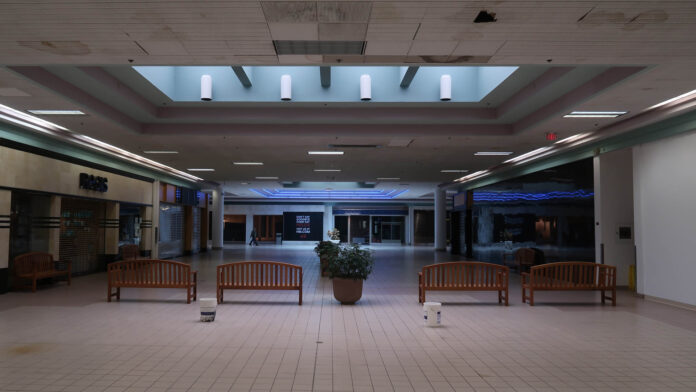Estimated that 25% of America’s roughly 1,000 malls to close over next 5 years. Those that survive may be future-proof.
Pandemic Could Save Malls
True, malls have been dying for the last decade. Also true, cooped-up America is yearning to gather in public spaces after a year and a half of isolation.
Neil Saunders, managing director of GlobalData Retail, said, “The pandemic has definitely made people appreciate public spaces more, so there is scope for malls to capitalize on this trend.”
The Numbers
Coresight Research estimates that the decade long trend of store and mall closures across the US may be exacerbated by pandemic inspired online shopping. Online shopping could spur the closing of approximately 25% of America’s roughly 1,000 malls over the next five years.
On the other hand, industry experts predict that the malls that do survive would well be future-proof. Michael Brown, partner in the consulting firm Kearney’s Consumer Products and Retail Practices, said, “The malls caught COVID when the population caught COVID, and those that were fit and strong made it through. There’s a long future for the malls who are doing it right.”
“Doing It Right” Malls Look More Like Downtowns
Malls looking to be okay going forward have little resemblance to traditional shopping centers. Instead, “doing it right” malls look like downtowns with apartments, offices and restaurants…and oh yes, some shopping.
Malls are adding third workplaces that aren’t the office or the home…workplaces that attract teleworkers who want to go to work but who want to work outside their homes/apartments and outside of “traditional” offices. For example, the highly successful Scottsdale Fashion Square in Scottsdale AZ has incorporated office space via the co-working company Industrious.
“Doing it right” malls are attracting doctors’ and dentists’ offices, according to Coresight.
They’re also attracting hyper-local tenants, rather than having the same set of chain stores that every other mall in every other city had regardless of where they operated.
Hyper-local tenants can make malls post-pandemic tourist destinations. Hyper-local tenants can be hyper-local businesses such as fishmongers and breweries…they can also be hyper-local cultural and arts organizations that offer the locals and tourists alike attractions such as performance spaces, live Celtic/swing dancing, jewelry/art fairs and/or amusement park-style rides/carnivals for seasonal events.
Of course, bigger budget developments can take the idea of “doing it right” downtown malls farther.
Brown said, “Malls need to be more than just a place to shop because frankly, (“pandemic-savvy” consumers know) we can just shop online.” It’s time for mall owners, developers and potential mall tenants/residences to open up the options for post-pandemic “doing it right” malls.
Thanks to Coresight Research, Kearney’s Consumer Products and Retail Practices and GlobalData Retail and Axios.
























